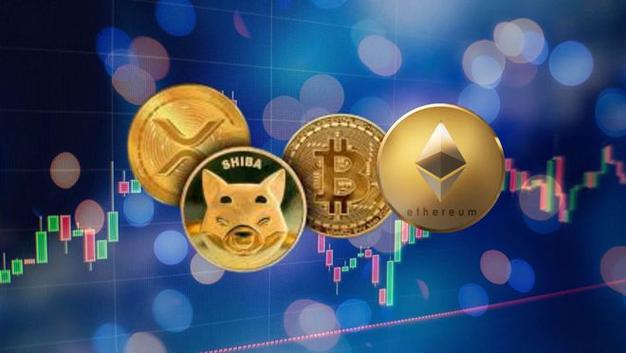If Bitcoin is the Iron Throne of the cryptocurrency realm, then Ethereum might just be sharpening a dagger in the shadows, ready to challenge its elder sibling's rule. For years, Bitcoin has been seen as "digital gold"— inherently scarce, with a clear roadmap and a transparent supply model. A new debate is brewing on the blockchain: Who is truly the more stable currency? This time. Ethereum isn't just a nerdy builder of decentralised apps. It has reinvented itself as the lean, self-disciplined contender in a world where supply flexibility has become a prized trait.

Bitcoin's approach is like that of an ancient gold mine: finite, precious, and increasingly difficult to extract. It follows a hardcoded rule that only 21 million coins will ever exist. No one can mint an extra Satoshi. After its halving in April 2024, Bitcoin's annual supply growth dropped to 0.83%, preserving its mythos as a digital haven. Unlike fiat currencies like the dollar or euro, which can be printed on political whims, Bitcoin's vault is locked with eight metaphorical padlocks, its stability echoing the abacus of an old-school banker. Once considered just a technical playground for developers, Ethereum underwent its transformative "Merge" in September 2022. It bid farewell to energy-intensive mining and embraced a greener "Proof of Stake" model, slashing its energy consumption by a staggering 99.95%— like the world simultaneously switching on 10 million energy-saving bulbs.
More impressively. Ethereum's supply began to slim down. When network activity surges and transactions spike, Ethereum "burns" a portion of transaction fees-effectively shrinking its supply. Like a fitness enthusiast who eats less the more they exercise, Ethereum gets leaner with every stride. Since this mechanism kicked in. ETH has often grown at a slower rate than Bitcoin, suggesting that in the race for scarcity. Ethereum may be taking the lead. And that's not all. In August 2021, Ethereum installed a "fat-burning" feature: a portion of every transaction fee is permanently destroyed. Unlike traditional currencies that flood the market once printed, Ethereum sheds weight with each step forward. Its adaptability isn't rigid like Bitcoin’s; there's no fixed cap. Instead, Ethereum adjusts its supply like a smart dieter, eating more or less depending on daily activity. This "intelligent self-discipline" gives it resilience in a volatile market.

Let's bring fiat currencies into the picture. The U.S. dollar and euro behave like impulsive shoppers during a sale when the economy trembles, out come the credit cards. Since 2020, the U.S. M2 money supply has surged 41%, with the euro not far behind. Compared to this, Bitcoin is the frugal old-timer, Ethereum the wise and balanced middle-aged adult-spending when necessary, saving when prudent. So, can Ethereum dethrone Bitcoin as the new "stable currency"? Bitcoin remains the immovable anchor of value—a reliable lifeboat in stormy seas. Ethereum, however, is the nimble tactician-sprinting on sunny days, folding its umbrella when storms roll in. Their styles differ: Bitcoin is stoic and rigid, Ethereum is adaptable and strategic. They represent two monetary philosophies, one rooted in rule-bound security, the other in adaptive evolution.

In the end, perhaps the future has room for both kings, one ruling the throne, the other masterminding from the wings. For investors, the smartest move may not be to pick sides, but to understand the roles each plays. True wisdom lies in embracing both flexibility and conviction, especially when navigating the ever-changing tides of the market.







